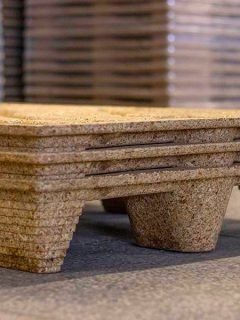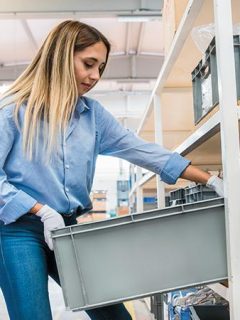Bij co-packing draait het er om dat je verschillende producten gaat bundelen voordat je ze loslaat op de markt. Because of how active the e-commerce sector is, this is a very useful technology. How can I make the best use of it as a retailer? And do you also have many options for automating the process in your supply chain? We’ll look at everything you need to know in this article.
1. Wat is co-packing?
Co-packing is a packaging technology that is based on the packaging of many different articles in different formats. This is what is known as ‘secondary packaging’, which means that the articles you buy have to be processed and it is essential that you make them easier to process or clean.
This is a technology that is widely used in sectors such as trade, cosmetics and parapharmacy. Men use it here in order to produce several identical products (2 dozen kits) or complementary products (zonnebrandcrème and after sun in 1 batch). I can use it for both promotionele doeleinden, as well as the launch of limited editions, geschenkverpakkingen or een e-commerce verzending.
Co-packing kan je merk een mooi voordeel opleveren ten opzichte van de concurrentie, vooral in de volgende situaties:
- Marketingcampaigns where I have a low price for my products; or where I focus on the ‘exclusivity’ argument.
- Bundels voor e-commerce: je kan hierbij producten uit eenzelfde assortiment samenbundelen om de online verkoop te stimuleren.
- Prominente schapplaatsing: grotere verpakkingen met een opvallend uiterlijk springen meer in het oog voor consumenten.
- Verpakkingseenheden voor grote klanten, die grote of bulkaankopen doen.
2. Wat zijn de meeste gebruikte oplossingen voor co-packing?
Co-packing kan je op heel wat verschillende manieren toepassen in de praktijk. We would therefore like to point out some of the best used packaging.
- Krimpverpakkingen: hierbij worden je producten eerst in krimpfolie gewikkeld. Vervolgens gebruik je een heteluchtpistool of krimpfoliemachine om de folie te laten krimpen rondom je producten. Zo creëer je een nauw aansluitende beschermende laag.
- Sleeves of beschermhulzen: hierbij gebruikt men schuim, papier of karton om een secundaire verpakking te maken voor je product. Deze sleeves zijn vaak heel rekbaar en kan je eenvoudig rondom je product trekken. Also for flowers and other round objects, you can go a long way .
- Presentatiedozen: plaats je producten tezamen in een doosje om ze beter te presenteren. Dit type van co-packing is heel gebruikelijk in de cosmeticasector, of voor wie seizoensgebonden artikelen verkoopt (bij Kerstmis, valentijn, Pasen, enz.). This is best done as a single unit, with the aid of a buitenbekleding made of gimped microgolfkarton and/or a transparent plastic venster. Great for extra use .
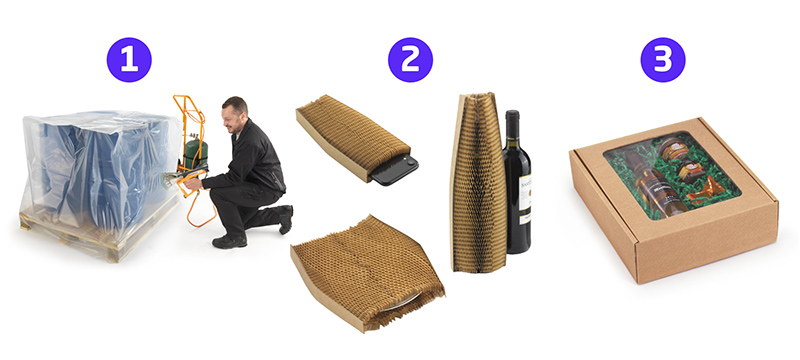
- Lijm: je kan eveneens verschillende artikelen aan elkaar kleven door middel van thermische lijm. Dit komt o.a. voor bij monsters/stalen die aan brochures of folders worden bevestigd.
- Blisterverpakkingen: deze oplossing bestaat vaak uit een combinatie van plastic en karton, en wordt gebruikt om kits en kleine accessoires samen te verpakken tot een praktisch geheel.
- Gesealde zakken: je kan je producten tot slot ook verpakkingen in de vorm van een zak. Met behulp van een sealapparaat kan je deze zakken op maat snijden van je product en ze hermetisch sluiten. In this way, I can create a strong packaging at any time, which does not only bundle my products, but also protects them from being damaged in any way. Denk maar aan vocht, water, stof of vuil.
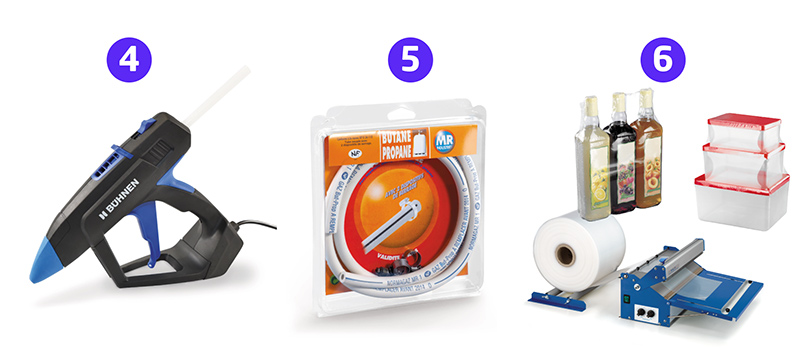
3. Slimme tools voor het creëren van je eigen co-packing
Using the latest tools and packaging, you can easily implement your own co-packing in your home. I must always make sure that I know how to use this process. What’s really important to you is that there are also machines that allow you to outsource and automate your processes. I can now use many of RAJA’s applications. Door een dergelijke machine te gebruiken verhoog je de kwaliteit van je verpakking. Bovendien verbruikt een machine nooit méér verpakkingsmateriaal dan strikt noodzakelijk is. You should buy less material. Kies hieronder voor een van de volgende apparaten of machines.
Krimppistool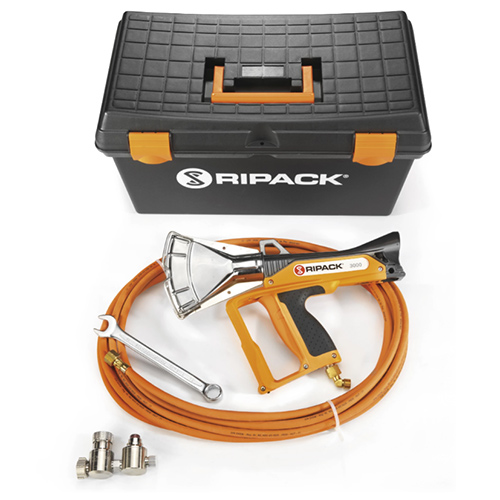 |
Foliewikkelaar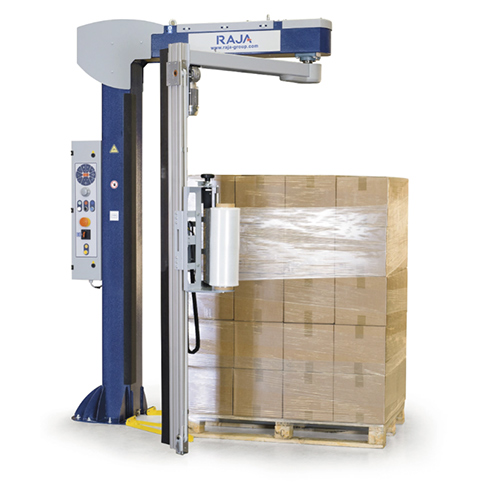 |
Omsnoeringsapparaat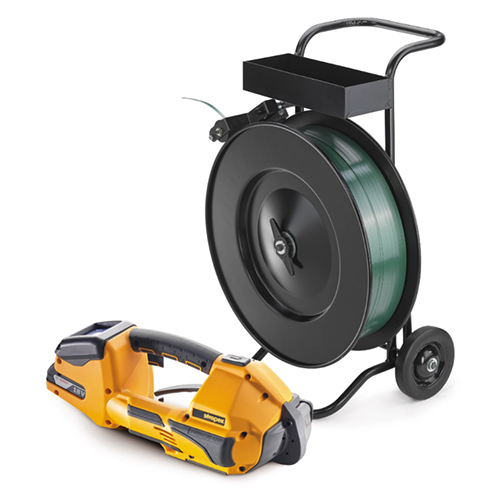 |
| – Te combineren met de volgende krimpfolie. – Suitable for both heavy products and pallet loads. |
– To be combined with the required wikkelfolie. – Suitable for pallets. |
– Te combineren met de volgende banden. – Geschikt voor het bundelen van losse goederen of het vastzetten van zware ladingen bij transport. |
4. Tips voor het toepassen van copacking in je bedrijf
One of the first tips we would like to mention concerns the storage area. It’s a good idea to keep all the suppliers who need to be co-packed in the same zone in your shop. This ensures that the containers are not spilled and that the pickers are prevented from picking. In the second area, I can make extra use of the communication between my logistics and marketing teams. Make sure you tell your marketing team what forms of co-packing you want to use (when you need to do a new promotion). But there’s one small marketing tip we can use: use co-packing to send direct mail to the package. This is the perfect way of ensuring that you get an extra discount or promotion in the kiosk.
In addition, it’s a good idea to give your staff specific training. Co-packing offers a wide range of products that can be combined with traditional packaging. Organise regular training sessions and train your staff so that they can take all the necessary steps in the field.
Do you want to start co-packing yourself? RAJA is always ready to help. As Europe’s leading distributor of packaging, we are looking at all the tools we need to provide you with the best possible solutions in your supply chain.











